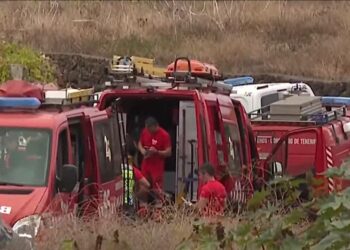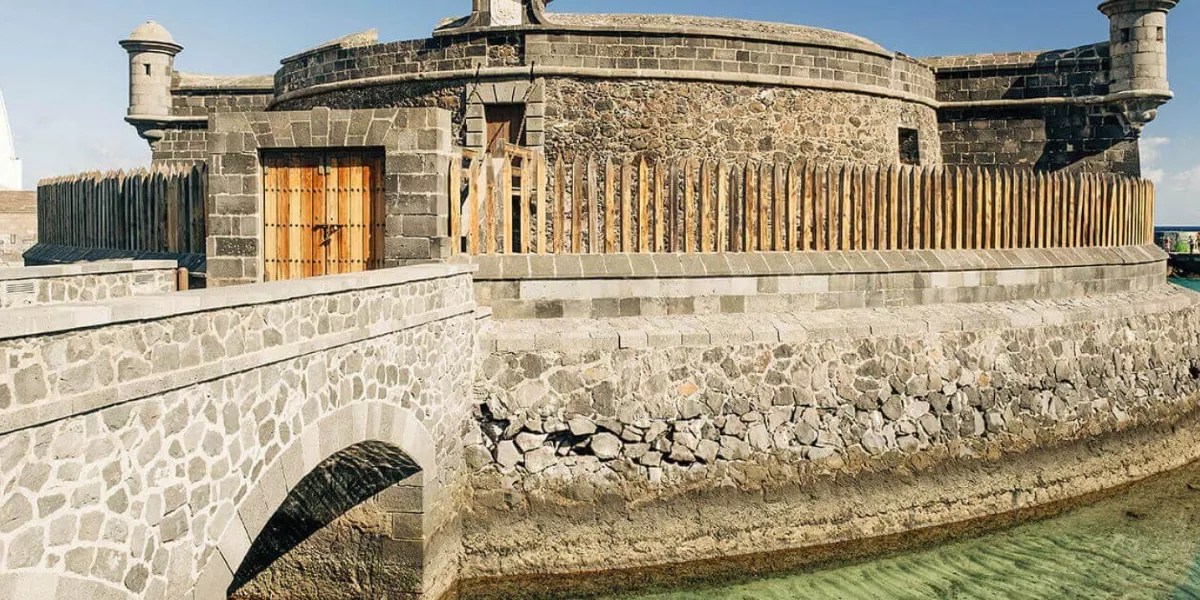I often assert that the finest place to reside globally is in Europe. Within Europe, the Canary Islands are unmatched. Among the Canary Islands, Tenerife emerges as the pinnacle. And within Tenerife, San Miguel stands out. “Those who arrive here find themselves in the best place on Earth.” Arturo González Hernández encapsulates his deep-seated pride for his homeland with these words. Over his 17 years leading San Miguel de Abona, he has crafted a path defined by tenacity and dedication, even overcoming the challenges posed by a stroke and a heart attack. Throughout his tenure, he has been an advocate against the rise of illegal constructions on rural land, a trend he believes poses a threat to the natural landscape. His political journey has been shaped by figures like Adán Martín, noted for his capability to “view the Islands from above” and comprehend their broader requirements. Among his idols, he cites Pirri, the iconic Real Madrid player, whom he respects for being “hard-working and versatile.” The recent elections that reinstated him with an absolute majority and increased votes highlight the confidence placed in him by the citizens of San Miguel.
-What prompted you to enter politics?
“My political journey began in 1987. At that point, I was working as an agricultural technician and entered politics by joining an electoral list. Over these 37 years, I have occupied various roles: councilor, first deputy mayor, and altogether, I have served 17 years as mayor across multiple terms. I have completed four full mandates, and with the current one, it marks my fifth.”
-San Miguel possesses several critical economic assets (Amarilla Golf, Golf del Sur, and the Las Chafiras Industrial Estate). Despite this, your municipality rarely makes headlines or is mentioned by citizens, indicating a lack of recognition. What do you attribute this to?
“In San Miguel, we have traditionally prioritised work over seeking visibility or controversy. We do not strive for the spotlight. While we are home to significant economic sectors within the Island, we do not receive the same media focus as other, larger municipalities. Nonetheless, what truly matters is that our community is aware of the work being accomplished and can perceive the outcomes of our management.”
-The most debated project in your municipality is the Las Chafiras Industrial Estate. What was supposed to be a 30-week renovation has now extended beyond 60 weeks. If you were to reflect on this and rate the overall performance of all stakeholders involved, what score would you give on a scale from one to ten?
“The Las Chafiras project has turned into an extended process fraught with complications, from the bidding to the expropriations involved. It has been six years since it kicked off, which itself suggests we cannot assign a perfect score. If I were to grade it, I would assign a five, a pass. The previous government could have handled it more effectively. The crux of the issue is that administrative processes significantly prolong the execution time of any project.”
-What is the nature of the relationship with other political parties in the municipality?
“My primary focus is to coordinate my team and effectively deliver on our objectives alongside our 13 councillors, which is sufficient to meet our goals. While I respect the opposition’s stance, we have consistently followed a straightforward work ethos, concentrating on advancing the municipality without engaging in conflicts. The essential factor is to maintain the management style that has defined us for all these years.”
-You have been among the first to raise awareness about the issue of illegal and overcrowded homes on rural land, with Lomo Negro being a recent example. How do you assess the housing situation in southern Tenerife?
“This is a matter that greatly troubles me: the rise of illegal parceling and occupations on rural or agricultural lands. There has been a significant uptick in such activities, and I believe there should be greater emphasis on environmental conservation. This is not solely a housing need issue; it also involves speculation, with people, sometimes foreigners, purchasing and parceling land without regard for the consequences. It is a complex obstacle, and I must admit I do not possess a simple resolution. In the case of Lomo Negro, I doubt the administration can appease all involved parties. I recently visited Lanzarote, and I see that island as a benchmark for environmental preservation.”
-Recently, 81 migrants arrived on the shores of your municipality in a canoe, and just a month prior, another group landed with around 20 individuals. This phenomenon is increasingly affecting municipalities in the southern region. Amid this migration crisis plaguing the Archipelago, what is your perspective on the migration issue in the Canary Islands, and how would you respond?
“The situation is exceedingly complex and there is a notable lack of consensus at the state level regarding how to tackle it. The central government appears to shift the burden onto the Canary Islands without providing viable solutions. This is an international dilemma that necessitates European cooperation. Moreover, transparency regarding the fate of migrants upon their arrival is lacking: where they are sent, what processes they undergo, and so forth. We need to be more forthcoming about this. I believe a potential solution could be providing migrants with training, so they are better prepared for their home nations when conditions allow return.”
-You had a close bond with Adán Martín. For those unfamiliar with him, what did he represent for this Island and what has been his legacy?
“Adán Martín was a relatable politician, deeply attuned to the needs of the people of Tenerife. He possessed great clarity of thought and had a panoramic understanding of the Canary Islands, appreciating its unique characteristics and requirements. He was a well-prepared individual with a broad vision.”















